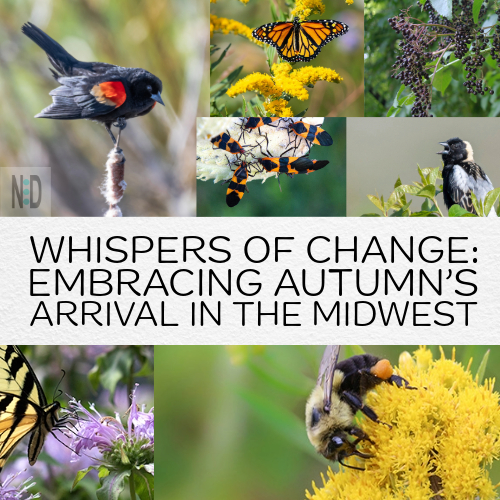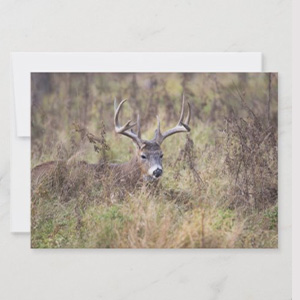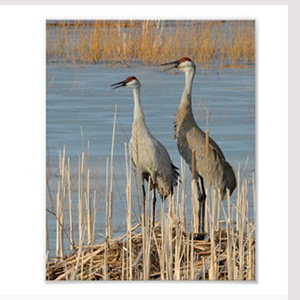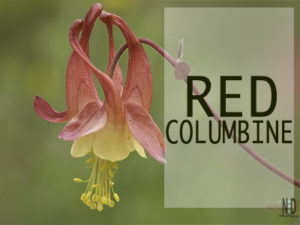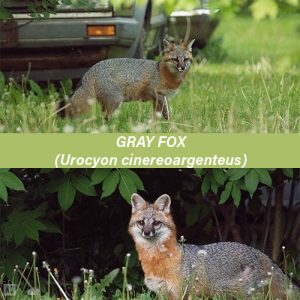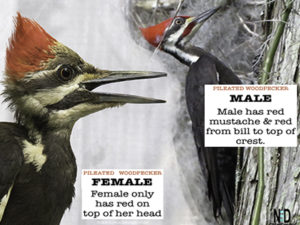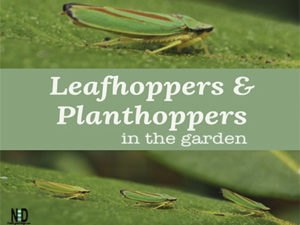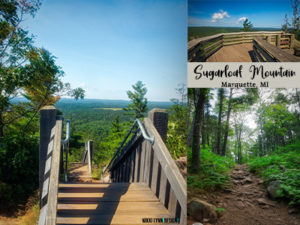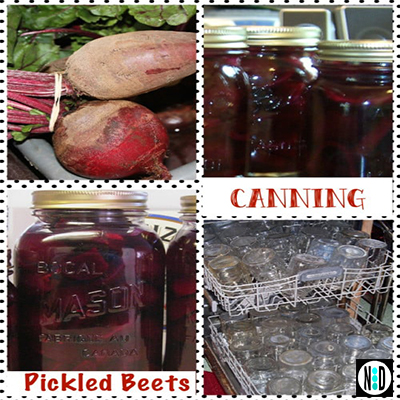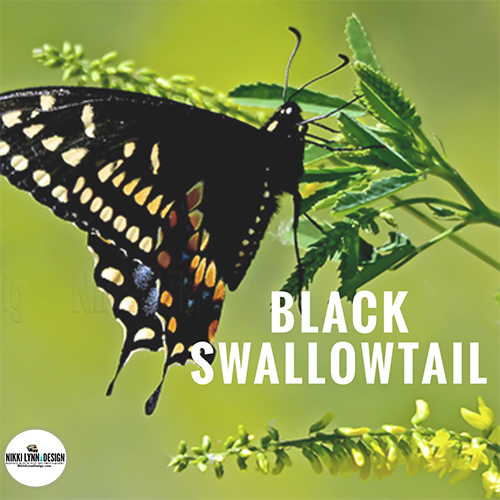There’s something truly magical about those late summer days in the Midwest when the air begins to crisp just a bit, and the world around us starts its gentle dance toward autumn. The way the golden light filtered through the trees, and the sky filled with flocks of birds like living poetry in motion.
It’s a time of transition, where birds bid farewell to their summer homes, animals tuck away their winter stores, and insects quietly fade into the background. I invite you to step outside, breathe in the changing breeze, and let nature’s rhythm remind you of life’s beautiful cycles. In this post, we’ll explore the migrating birds, industrious animals, fading insects, and vibrant wildflowers of August and September, all while sharing tips to enjoy it safely. Let’s wander together!
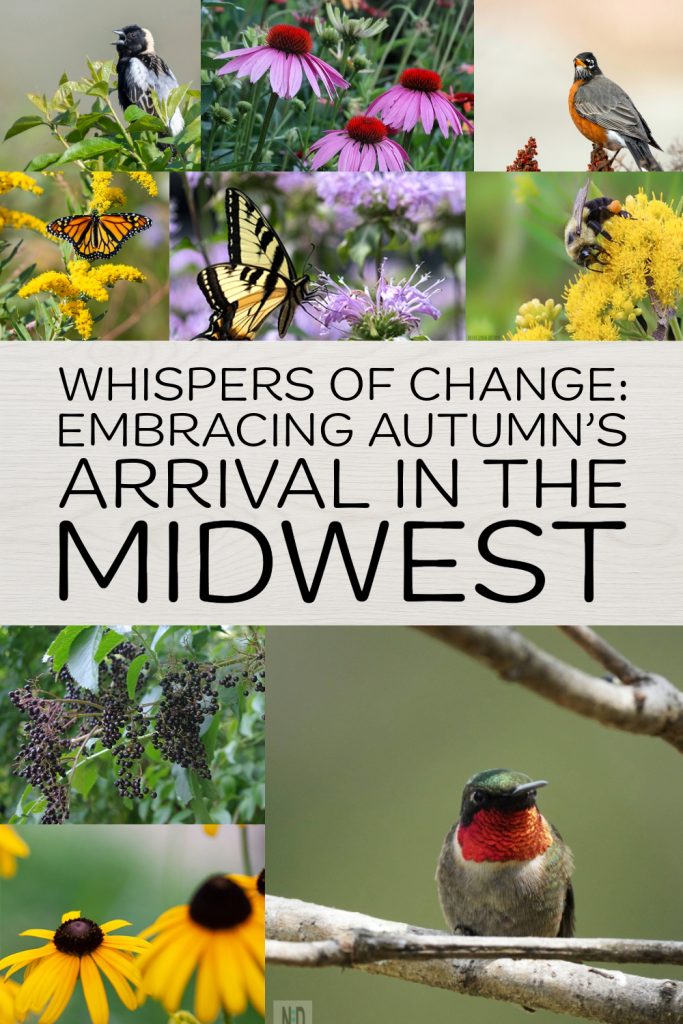
The Sky’s Grand Farewell: Birds on the Move
As the days shorten and the nights grow cooler, the Midwest becomes a bustling highway in the sky. Birds that have filled our summers with song and color start their southward journeys, a ritual as old as the seasons themselves. It’s like they’re whispering secrets of warmer lands, urging us to pause and watch. Observing these migrations can be a heartwarming way to connect with nature, but remember, it’s all about appreciation from a distance. Never disturb nesting areas or try to feed wild birds, as this can disrupt their natural behaviors and health.
Here are eight migratory birds commonly seen in the Midwest during August and September, along with approximate timelines based on typical patterns (note that exact timing can vary with weather and food availability):
Double-crested Cormorant
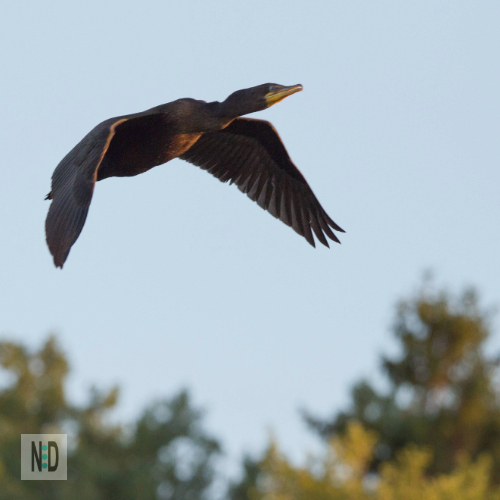
These sleek, dark-feathered birds, often seen diving for fish in lakes and rivers, typically begin their migration in late September, though some start as early as mid-August in the northern Midwest. We see gulps of comorants leaving during the last week of August They head south to coastal areas or warmer inland waters, escaping the first frosts. I’ve spotted them along the Great Lakes, their wings drying in the sun like ancient sentinels before they depart.
Blackbirds On The Move
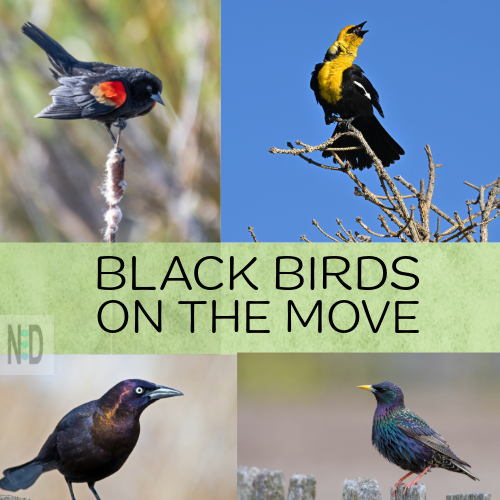
Large flocks of blackbirds, including red-winged blackbirds, yellow-headed blackbirds, grackles, and starlings, gather in the evenings during late August and September
Baltimore Oriole

These vibrant orange-and-black songbirds begin their southward trek in late August, often lingering into early September. Baltimore Orioles have been a favorite in my birdwatching adventures, as I watch them weave nests in the trees of Michigan’s forests before they fly off to Central or South America.
Yellow Warbler
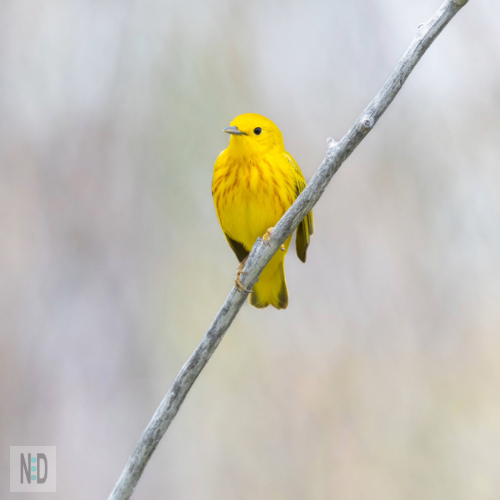
Warblers like this sunny yellow species peak in migration during August and September. Flitting through shrubs and trees on their way to Central and South America. Their quick movements and cheerful calls make them a delight to spot during early morning walks.
Ruby-throated Hummingbird
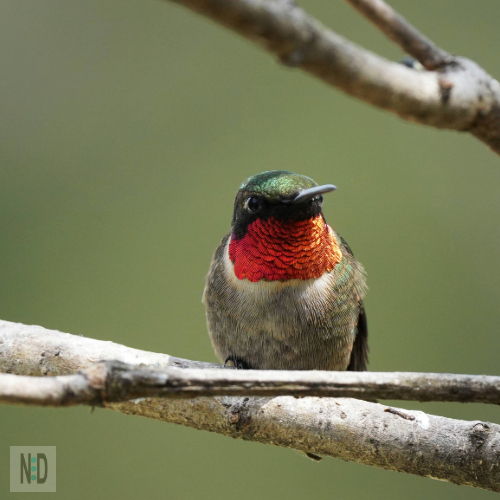
These tiny jewels of the sky, with their iridescent green feathers and rapid wing beats, begin their migration in late August. By early September, you’ll often spot them darting through gardens and meadows. Fueling up on nectar before heading to Central America.
Bobolink
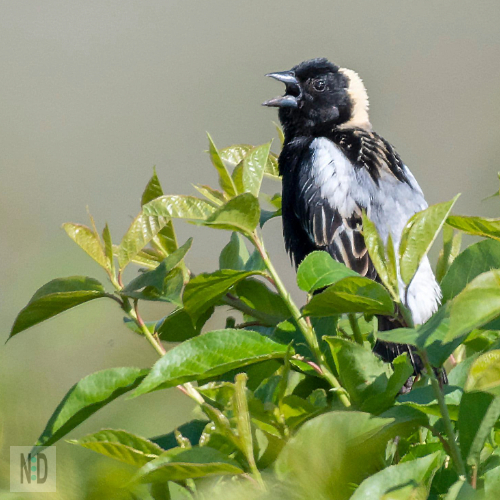
These grassland nomads wrap up their breeding season and take to the skies in late August through September, heading to South America. Their bubbly songs turn into determined flights, and if you’re lucky, you might catch a flock bubbling over the prairies of Iowa or Missouri.
Eastern Kingbird
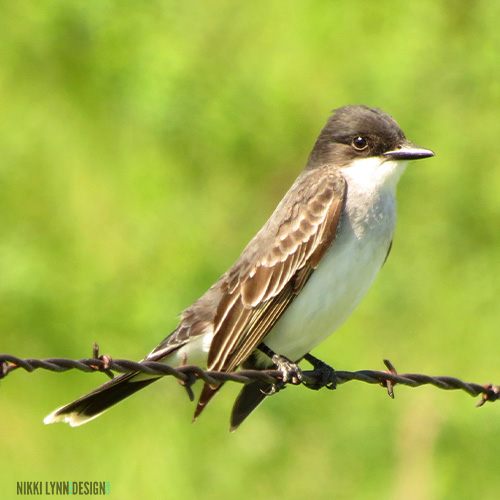
From mid-August to early September, these feisty flycatchers with their black-and-white plumage migrate to South America. I love spotting them perched on fence posts, surveying their domain before they embark on their long journey—it’s a reminder of nature’s resilience
Indigo Bunting

Look for these striking blue beauties in August, as they start migrating from fields and woodlands toward Mexico and Central America. They’re often heard singing their sweet, warbling tunes before they go, a farewell melody that echoes through the tall grasses.
Waterfowl
Wood ducks, blue-winged teals, and green-winged teals are among the first waterfowl to migrate, with their hunting season opening in late August
Raptors
The first big flocks of migrating hawks, including broad-winged hawks and ospreys, also start moving south during September.
Practical Tip: Grab a pair of binoculars and a field guide (I recommend the Peterson Field Guide books on plants and birds for their user-friendly illustrations), and head to local parks or wildlife refuges like the Horicon Marsh in Wisconsin, the Indiana Dunes, or the Mississippi River flyway. Early mornings or dusk are prime viewing times—pack a thermos of herbal tea and a journal to note your sightings. Remember, always keep a safe distance to avoid stressing the birds.
Nature’s Quiet Preparations: Animals Gearing Up for Cooler Months
As the birds take flight, the rest of the animal kingdom in the Midwest whispers of impending change. Squirrels scurry with acorns, deer grow thicker coats, and even the shy foxes start caching food. It’s like they’re sharing an ancient secret about the approaching chill. To make this section more comprehensive, let’s delve deeper into the mammals, amphibians, and reptiles that are busy preparing. In my neck of the woods in Wisconsin, I’ve spent quiet evenings watching these preparations unfold, feeling a deep sense of connection to the cycle of life. It’s fascinating how each species has its own way of adapting, reminding us to tune into the subtle shifts around us.
During August and September, here’s a broader look at the wildlife at work:
Mammals:
Beyond squirrels and chipmunks gathering nuts, white-tailed deer are rubbing antlers against trees to shed velvet and bulk up, while black bears in northern areas seek out berries and fish to build fat reserves.
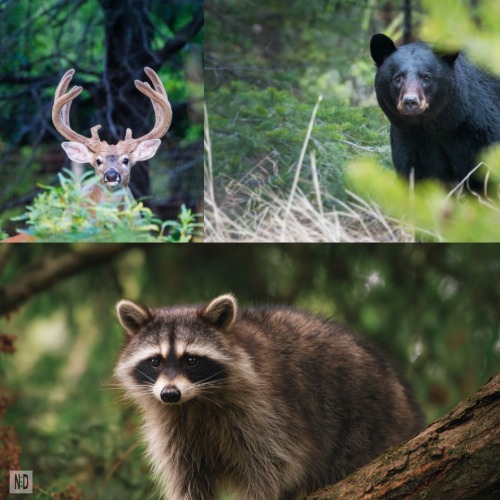
Coyotes become more vocal, their haunting howls echoing through the nights as they establish territories and hunt more actively.
Raccoons and rabbits are also on the move—raccoons raiding gardens for fruits and insects, and rabbits collecting extra foliage to line their burrows.
These behaviors are nature’s way of ensuring survival, and observing them can teach us about resilience.
Amphibians and Reptiles
Frogs and toads, like the American toad, start seeking moist hiding spots as ponds begin to dry, preparing for brumation (a hibernation-like state).
Snapping turtles in Midwestern lakes and rivers become more sluggish, moving to deeper waters, while garter snakes bask in the remaining warmth before finding underground dens. This is a critical time for these creatures, as cooler temperatures signal the need to conserve energy.
Have you noticed any animal behaviors in your backyard this summer? Share in the comments—your stories might inspire others to observe more closely!
The Fading Buzz: Insects Wrapping Up Their Summer Antics
Ah, and let’s not forget the insects, those tireless summer performers who are now bowing out gracefully. By late August and September, the symphony of crickets and cicadas begins to quiet, as many insects complete their life cycles or seek sheltered spots for the winter. Fireflies, which dazzled our nights in July, are mostly gone, and bees are busy on the last blooms, gathering pollen for their colonies.
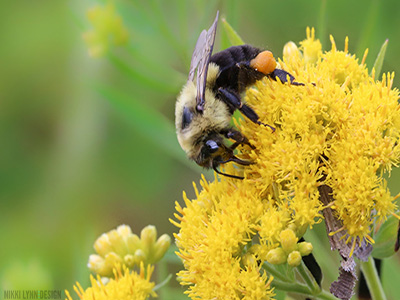

Don’t forget the smaller stars of the show—insects like bees, butterflies, damselflies, and dragonflies reach their peak in August before winding down in September. I’ve spent many evenings in my old house’s garden, watching monarch butterflies and red admirals fuel up on late-blooming flowers before their long migration. These pollinators are the unsung heroes of our ecosystems, ensuring that next year’s wildflowers will thrive.
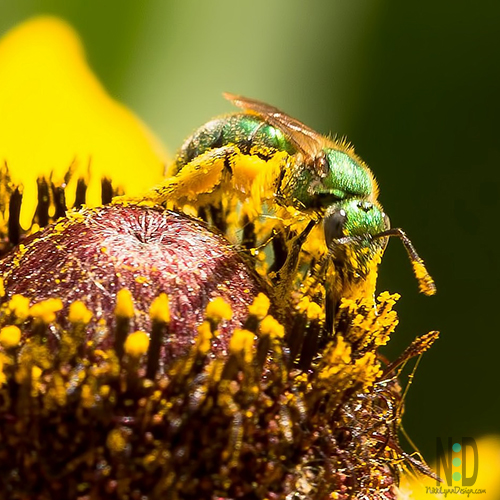
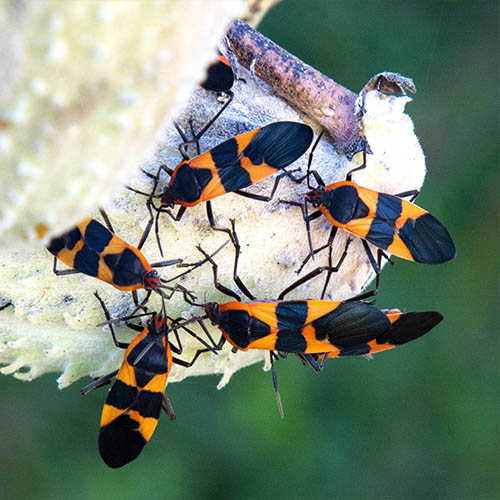
.
Insect-Friendly Tips:
- Create a Haven: Plant flowers or milkweed that bloom late into September. Avoid pesticides to keep things natural.
- Safety Note: While most insects are harmless, if you’re allergic, wear light clothing and carry an EpiPen. Observe rather than touch—it’s their world we’re visiting.
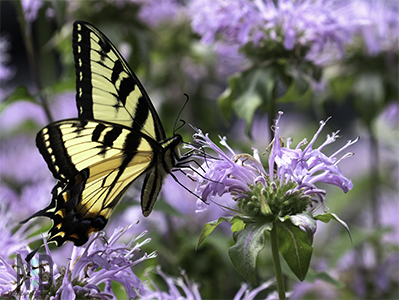
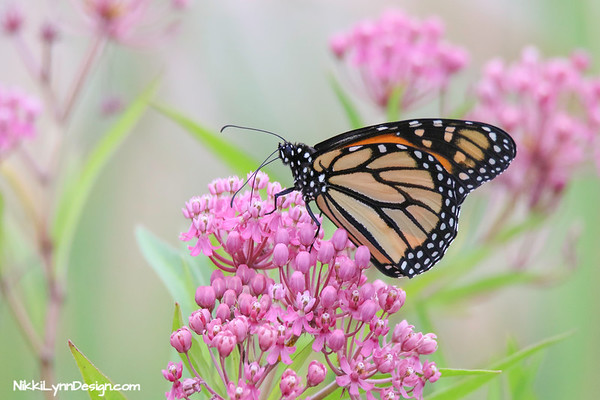
A Burst of Color: Wildflowers of Late Summer
Now, let’s turn our gaze to the wildflowers, those steadfast beauties that turn our Midwest landscapes into living tapestries. August brings a riot of color with blooms at their peak, while September ushers in a subtle shift, with berries ripening and leaves hinting at their fiery fall transformation. Growing up, I used to wander the fields and creeks near my home, filling my pockets with petals and dreams—it’s a ritual I still hold dear.
This is the time when nature’s palette deepens, offering not just visual delight but also a chance to connect with the earth’s rhythms. I’ll share some of my favorite wildflowers and practical ways to enjoy them, all while emphasizing safe, sustainable practices.
Late Summer Wildflowers: A Colorful Farewell
August wildflowers, like goldenrod and asters, paint the meadows in yellows and purples, attracting pollinators and signaling the end of summer’s warmth. By September, you’ll see a mix of fading blooms and emerging berries, creating a bridge to autumn.
Elderberries
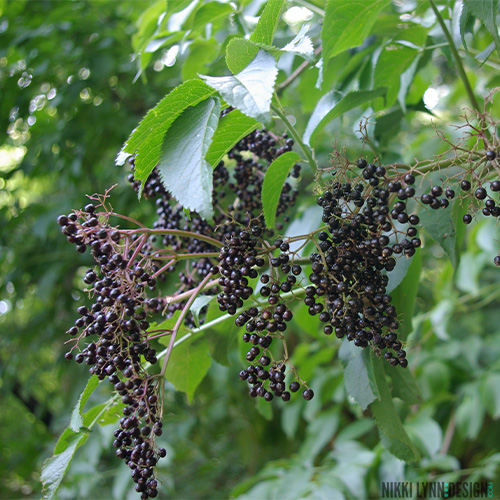
Dark berries on tall bushes, ripe in September for a seasonal treat. But the berries from the common North American species black elderberry (Sambucus nigra ssp. canadensis)—should not be eaten raw in large quantities because they contain naturally occurring toxic compounds.
Raw elderberries (and leaves, stems, and unripe berries) contain cyanogenic glycosides, which can release cyanide when metabolized.
Found in damp areas near forests or rivers. Only harvest if you’re 100% sure of identification – use a field guide and avoid contaminated areas like roadsides. Read more about elderberries.
Black-Eyed Susan
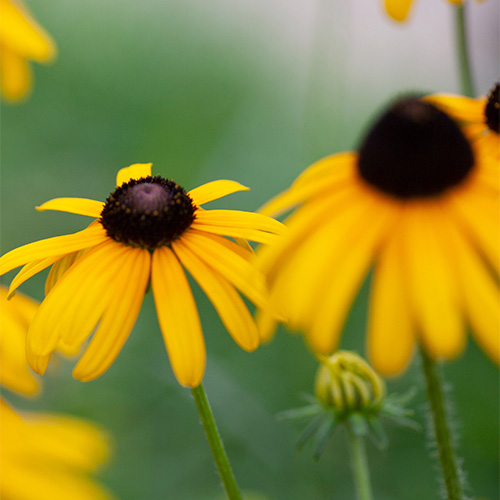
Black-Eyed Susan (Rudbeckia hirta) Has cheerful yellow petals with a dark center; one of the last to bloom in the Midwest.
Here is a cool fact you may not know about this flower. The plant uses UV patterns that are invisible to humans to guide pollinators. We see a golden petal and dark center, pollinators like bees see a “bullseye” pattern in ultraviolet light, which helps guide them right to the nectar and pollen. It’s nature’s version of a glowing runway!
Found in prairies, roadsides, old fields, and gardens across the Midwest. Plant in your yard for easy access; it is low maintenance and drought tolerant.
The plant supports native bees, butterflies, hoverflies, and beetles. Plus, the seeds feed goldfinches and other small birds in fall.
Sumac Berries
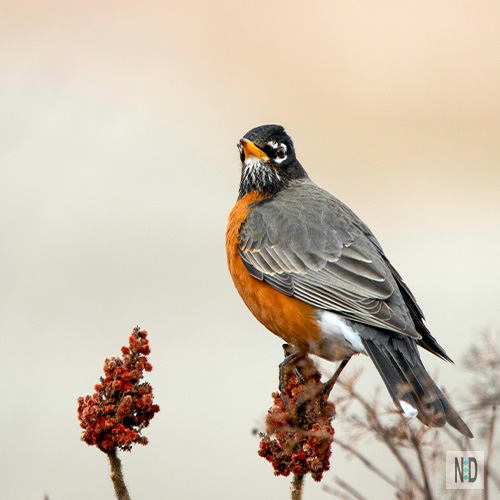
Red, fuzzy clusters that signal fall’s approach; great for scenic views. The berries are a favorite of American Robins, Northern Cardinals, Eastern Bluebirds, Cedar Waxwings, and Gray Catbirds.
Shrubs can be found on hillsides and in open woods. Admire their pretty leaf color change—and use the leaves and berries in crafts like leaf pressing, but don’t consume without expert advice.
Only native red-berried sumacs (Rhus species like staghorn and smooth sumac) are edible for wildlife—and even for humans (used in wild teas and spice blends).
Spotted Touch-Me-Not
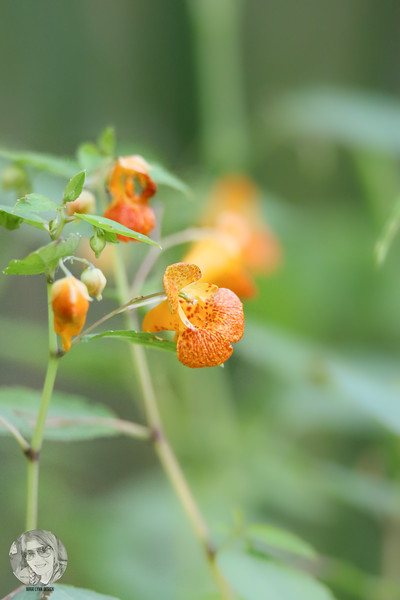
Jewelweed (Impatiens capensis), also known as spotted touch-me-not, is a fascinating native plant found in moist, shady areas across the Midwest and much of North America.
Its bright orange, trumpet-shaped flowers are perfect for hummingbirds, that are major pollinators of the plant. Bees and butterflies also visit it often.
Jewelweed sap is traditionally used as a natural remedy for poison ivy, stinging nettle, and bug bites. Crushing the juicy stems and rubbing the sap on the skin can soothe irritation—people have used it for centuries.
Its seed pods burst open at the slightest touch! This earns it the nickname “touch-me-not”. It’s an example of ballistic seed dispersal, flinging seeds several feet away when ripe.
Goldenrod

The plant is unfairly blamed for allergies. Goldenrod (Solidago) often gets blamed for hay fever, but its pollen is heavy and sticky, not airborne. The real culprit is ragweed, which blooms at the same time and has invisible windborne pollen.
Goldenrod has bright yellow clusters that shimmer like sunlight; a late-summer staple. Found in prairies and roadside meadows in the Midwest. Great for pollinators—monarchs use the plants to fuel up before migration, it is a host plant for gall fly larvae, and is important to the goldenrod beetle lifecycle.
This is also the time I collect a few flowers to dry for making winter projects, like adding to homemade paper or experimenting with dyes.
Purple Asters
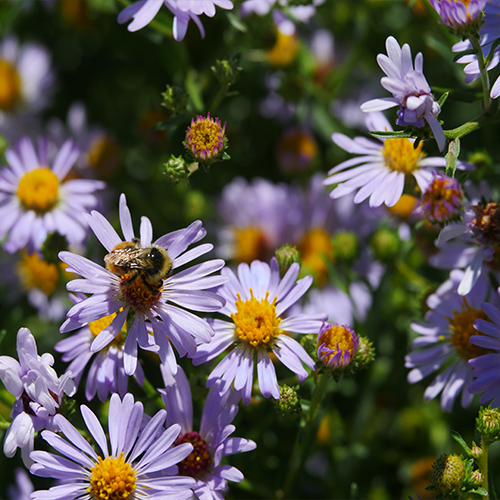
While many flowers fade by late summer, asters burst into bloom in September and October, offering a final feast of nectar and pollen.
Delicate purple petals that add a pop of color, often buzzing with bees. Found along wooded edges and fields in the Midwest.
They’re not just one flower—there are dozens of species. They can hybridize easily. Asters often cross with other nearby species, which is why you might find strange variations in flower color or size in wild patches!
American Spikenard
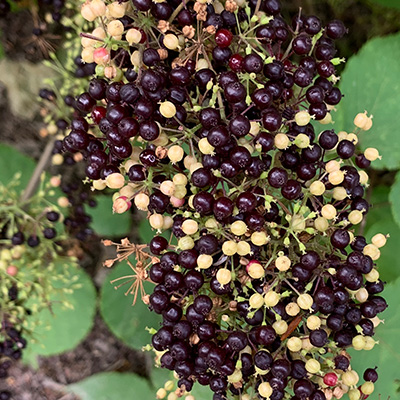
By late summer, spikenard (Aralia racemosa) produces clusters of deep purple berries that feed: Small mammals like chipmunks and raccoons, birds like robins, thrushes, and grouse.
The plant prefers moist, shaded forest edges, and is found near sugar maple, basswood, and wild ginger. Read more about this plant.
Oriental Bittersweet Berries
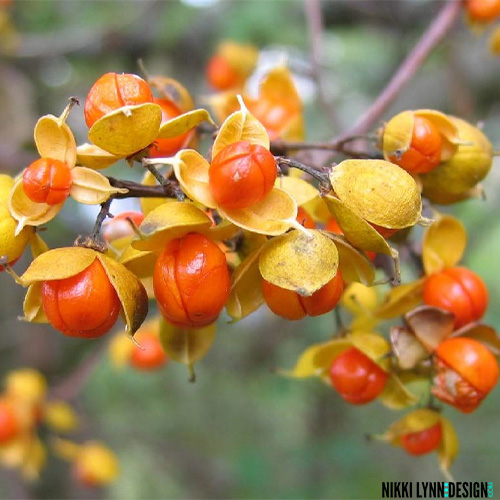
Oriental Bittersweet Berries (Celastrus orbiculatus) during the fall months are extremely pretty branches but it is an invasive plant. . The vine’s ability to climb and girdle trees can weaken and eventually kill them, which is exactly why it is restricted under the invasive species rule.
Over the winter, I’ve taken walks through our neighborhood and saw a few outdoor planters using this branched berry in their holiday outdoor arrangements, and I wanted to educate people on the importance of not using it. Oriental bittersweet is a restricted species under Wisconsin’s Invasive Species Rule NR40.
This makes it illegal to transport, transfer, or introduce Oriental bittersweet statewide in Wisconsin.
The vine thrives in a variety of habitats, including woodlands, fields, roadsides, and disturbed areas.
Birds are attracted to Oriental Bittersweet primarily for its berries, which provide a food source, especially during the winter months when other food may be scarce.
Joe-Pye Weed

Joe-Pye Weed (Eutrochium purpureum)
Large, pinkish-purple blooms with a sweet fragrance; beloved by monarch butterflies.
Found in wetlands and roadside ditches.
Cardinal Flower
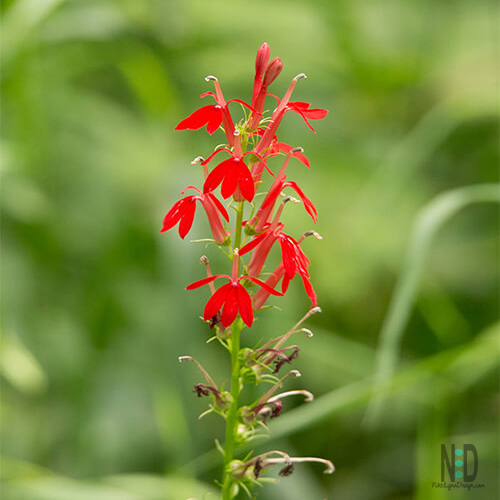
Cardinal Flower (Lobelia cardinalis L.) is a striking red tubular flowers that hummingbirds adore; adds a pop of color to damp areas. Found along streams.
Bee Balm

Bee balm is beloved by hummingbirds, bees, and butterflies, especially monarchs and bumblebees. Its tubular flowers are designed for long-tongued pollinators. At the same time, its strong scent and compounds help repel pests and infections.
Its nickname, Oswego tea, comes from the Oswego Native American tribe, who used it to brew a tea after the Boston Tea Party when colonists boycotted imported teas.
Purple Coneflower
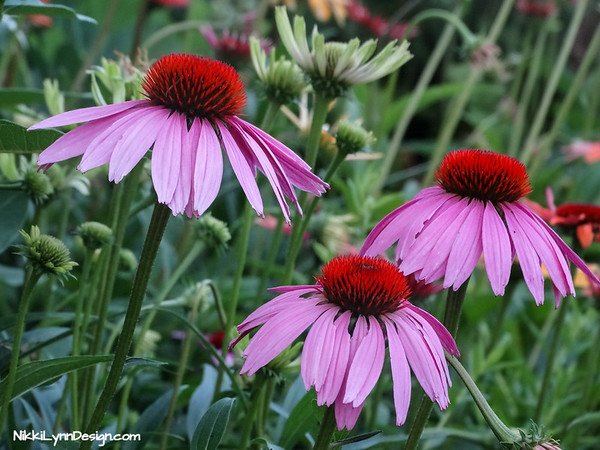
Pinkish-purple petals with a spiky center; known for its resilience and ability to draw wildlife. Found in native prairies.
Plains tribes like the Lakota and Cheyenne used it to treat snake bites, sore throats, toothaches, and wounds.
After blooming, the spiky seed heads become a natural bird feeder. Goldfinches and other small birds flock to dried coneflowers in fall and winter.
Practical Tip: Plan a wildflower walk at a local nature preserve—check apps like iNaturalist for real-time bloom reports. If you’re inspired to plant some in your garden, opt for native species to support local ecosystems.
Wrapping Up the Season: Your Invitation to Join the Journey
As August fades into September, these seasonal shifts in Midwest wildlife and wildflowers remind us that change is not an end, but a beautiful beginning. From the soaring birds above to the wildflowers at our feet, there’s a story unfolding in every rustle and bloom—one that invites us to pause, reflect, and reconnect with the world around us. I’ve shared these insights from my heart, hoping they spark the same joy they’ve brought me over the years.
Now, it’s your turn—what seasonal changes have you noticed in your corner of the Midwest this year? Have you spotted a migrating flock or stumbled upon a hidden meadow of asters? Share your stories, photos, or even a quick tip in the comments below—I’d love to feature them in a future post or start a community thread. If you’re inspired, why not plan a safe outdoor adventure this weekend? Tag me on Instagram with #nikkilynndesign, and let’s build a circle of nature lovers together.
Until next time, stay curious, stay safe, and let the whispers of the woods and meadows guide you.
This site contains affiliate links that may provide a small compensation to me —-> at no additional cost to you. Thank you for supporting this page.
